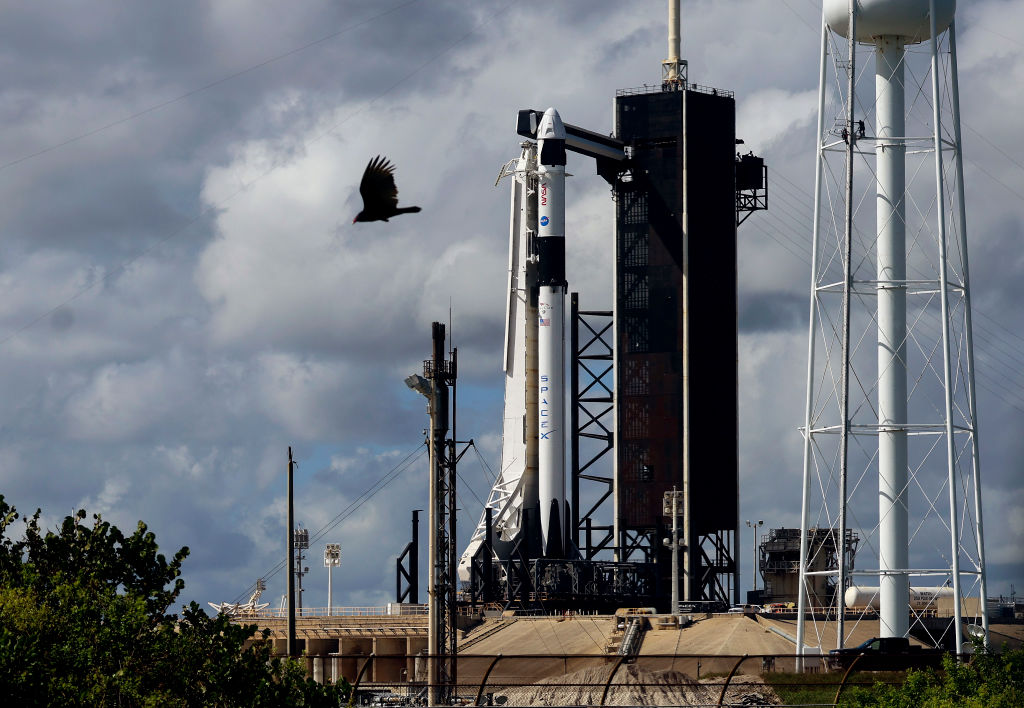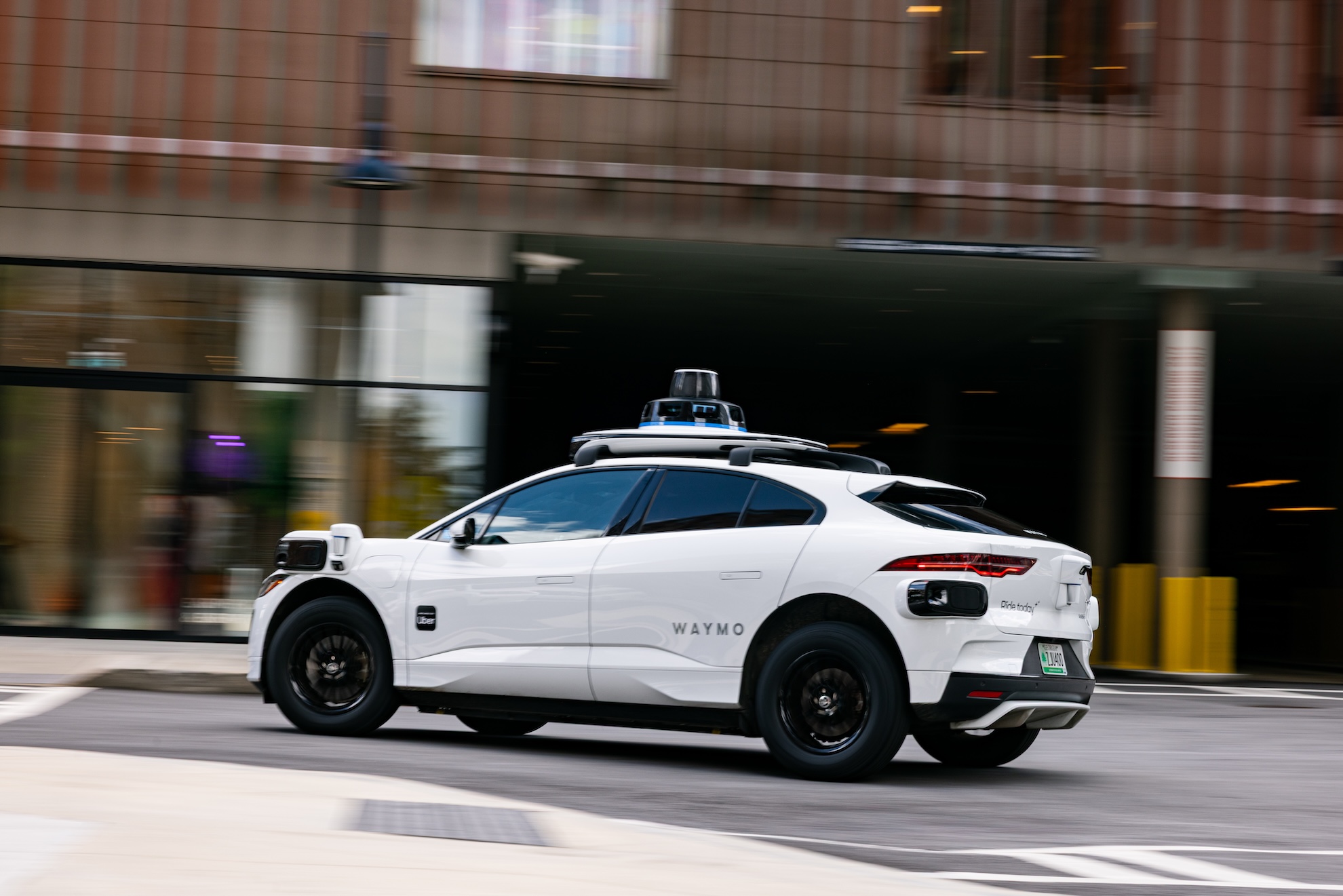
The technology landscape witnessed a significant development this week as a major software and cloud provider formalized a substantial five-year agreement valued at $9.7 billion with an Australian-based infrastructure specialist, aimed at bolstering its artificial intelligence cloud capabilities. This extensive contract, announced on November 3, 2025, underscores the intense global demand for advanced computing resources essential for the burgeoning field of AI.
A Landmark Investment in Artificial Intelligence
Under the terms of this multi-billion dollar arrangement, the Redmond-headquartered tech titan will gain access to cutting-edge compute infrastructure from IREN, an Australian entity. This infrastructure is slated to feature Nvidia’s highly coveted GB300 Graphics Processing Units (GPUs), which are considered pivotal for powering next-generation AI models. The deployment of these advanced systems is planned to occur in phases, extending through 2026, at IREN’s sprawling facility located in Childress, Texas. This facility is designed to support an impressive 750 megawatts of capacity, indicating the sheer scale of the computational power being amassed.
To facilitate its part of this monumental agreement, IREN has independently committed to acquiring the necessary GPUs and associated equipment from Dell, a transaction valued at approximately $5.8 billion. This separate acquisition highlights the significant upfront capital investment required to build and maintain the high-performance computing clusters that are becoming the backbone of the AI industry. The partnership not only secures critical AI infrastructure for one of the world’s leading technology companies but also positions IREN as a key player in the specialized domain of AI compute provision. Daniel Roberts, IREN’s Chief Executive Officer, reportedly anticipates that this specific contract will utilize only about 10% of the company’s total capacity, yet is projected to generate roughly $1.94 billion in annualized revenue, signaling the immense profitability of such specialized services.
The Strategic Imperative for AI Compute
This recent deal is not an isolated event but rather a critical move within a broader strategic initiative by major technology firms to secure vast amounts of compute capacity. The insatiable demand for AI services, particularly those underpinning generative AI, large language models (LLMs), and complex reasoning systems, has created an unprecedented scramble for specialized hardware. These advanced AI applications require immense parallel processing power, a capability uniquely offered by high-end GPUs. The company has been notably aggressive in its pursuit of such resources, a strategy largely driven by its deep investments in AI research and development, including its pivotal partnership with OpenAI.
Earlier, the company had already announced the deployment of its first production cluster featuring Nvidia’s GB300 NVL72 systems for its cloud platform, Azure. These systems are specifically optimized for handling complex reasoning models, sophisticated agentic AI systems, and multimodal generative AI applications, which blend different data types like text, images, and audio. Furthermore, just last month, the tech giant solidified another significant agreement with Nscale, another infrastructure provider, for approximately 200,000 Nvidia GB300 GPUs. These GPUs are destined for deployment across three data centers in Europe and one in the United States, illustrating a multi-pronged approach to establish a globally distributed, robust AI compute network. These consecutive deals paint a clear picture of a company committed to ensuring its cloud infrastructure can meet the escalating computational demands of its AI initiatives and customer base.
From Digital Gold to AI Gold: IREN’s Pivotal Shift
The journey of IREN, much like that of several other emerging AI infrastructure providers such as CoreWeave, offers a compelling narrative of market adaptability and strategic reorientation. Many of these companies initially established their operations as bitcoin mining enterprises. Bitcoin mining, a computationally intensive process, requires vast arrays of high-performance GPUs. As the cryptocurrency market experienced significant fluctuations and regulatory pressures, the economic viability of large-scale mining operations became increasingly volatile.
However, the hardware assets accumulated for cryptocurrency mining—specifically, thousands of powerful GPUs—proved to be incredibly valuable for a different, rapidly expanding industry: artificial intelligence. The underlying computational requirements for training and running complex AI models are remarkably similar to those for cryptocurrency mining, albeit with different software and optimization techniques. Recognizing this parallel, companies like IREN deftly pivoted their business models. Instead of using their GPU farms to solve cryptographic puzzles for digital currency, they began re-purposing them to provide on-demand compute power for AI workloads. This strategic pivot allowed them to leverage existing infrastructure and expertise, transforming a potentially declining asset base into a highly sought-after resource in the booming AI sector. This shift not only provided a new revenue stream but also placed them at the forefront of a technological revolution, demonstrating remarkable agility in responding to evolving market dynamics.
The Global Scramble for GPU Power
The deal between the tech behemoth and IREN is emblematic of a larger phenomenon: the global scramble for high-end GPUs. Across the technology sector, companies ranging from established cloud providers like Amazon Web Services (AWS) and Google Cloud Platform (GCP) to ambitious AI startups and even national governments are all vying for access to the specialized hardware that fuels AI innovation. Nvidia, the dominant force in the GPU market, has seen its valuation soar as demand for its chips consistently outstrips supply. The GB300 series, in particular, represents the pinnacle of AI-optimized hardware, designed to handle the massive parallel processing required for deep learning models.
This intense competition for GPUs has led to significant lead times for hardware procurement, escalating costs, and strategic partnerships between chip manufacturers, infrastructure providers, and cloud companies. The race is not merely about acquiring hardware; it is about building and maintaining the sophisticated data centers capable of housing, cooling, and powering these energy-intensive machines. Furthermore, the development of proprietary AI chips by tech giants like Google (TPUs) and Amazon (Inferentia/Trainium) reflects an effort to mitigate reliance on a single vendor and optimize hardware for their specific AI workloads, adding another layer to this complex competitive landscape. This ongoing "AI compute arms race" is fundamentally reshaping the economics and infrastructure of the technology industry.
Technological Underpinnings: Nvidia’s Role
At the heart of this massive infrastructure investment are Nvidia’s GB300 GPUs. These aren’t just incremental upgrades; they represent a significant leap in computing capability tailored for the most demanding AI tasks. The GB300 NVL72 systems, specifically, integrate multiple Blackwell-generation GPUs and CPUs into a single, high-bandwidth unit, designed to function as a unified supercomputing cluster. This architecture is crucial for handling the immense data flows and complex calculations involved in training and deploying large AI models.
Their optimization for "reasoning models" implies enhanced capabilities for AI systems that can infer, deduce, and make decisions based on complex inputs, moving beyond simple pattern recognition. "Agentic AI systems" refers to intelligent agents capable of planning, executing actions, and adapting to dynamic environments, often requiring real-time processing and sophisticated decision-making. Lastly, "multimodal generative AI" signifies the ability to create new content across different modalities—such as generating video from text descriptions, or audio from images—demanding unparalleled computational horsepower to synthesize diverse data types cohesively. The choice of these specific GPUs underscores a clear strategic intent: to build an AI infrastructure capable of supporting the most advanced and future-proof AI applications.
Economic and Infrastructure Footprint
The economic ripple effects of such a substantial deal extend far beyond the immediate parties. For IREN, the contract secures a predictable and substantial revenue stream, validating its pivot from cryptocurrency mining and solidifying its position in the specialized AI infrastructure market. The investment in Childress, Texas, will likely bring local economic benefits, including potential job creation in construction, data center operations, and supporting services. The sheer scale of the 750-megawatt facility also highlights the significant infrastructure demands placed on local power grids and utilities.
Building and operating such a massive data center requires not only substantial land and capital but also a reliable and robust energy supply. The environmental implications of powering these energy-intensive operations are also a growing concern, prompting discussions around renewable energy sourcing and energy efficiency in data center design. Governments and regulatory bodies are increasingly scrutinizing the energy footprint of AI, pushing for sustainable practices and investments in green energy solutions to power the digital future. The choice of Texas, known for its deregulated energy market and availability of land, reflects a strategic decision to locate high-demand compute infrastructure where power is relatively accessible and affordable, even as the scale of consumption pushes boundaries.
Broader Market and Societal Implications
This significant investment by a leading technology company reflects a broader market trend towards the industrialization of AI. The ability to deploy and scale advanced AI models is becoming a critical competitive differentiator across industries, from healthcare and finance to manufacturing and entertainment. Companies that can secure the necessary compute resources will be better positioned to innovate, develop new products, and deliver superior AI-powered services to their customers.
On a societal level, the continuous advancement and deployment of AI will have profound impacts. Enhanced AI capabilities promise breakthroughs in scientific research, personalized medicine, and efficiency across various sectors. However, they also raise important questions about job displacement, ethical considerations in AI development, data privacy, and the potential for misuse. The concentration of immense computing power in the hands of a few dominant tech players also sparks discussions about market concentration and the need for fair access to AI resources for smaller businesses and academic institutions. This deal, therefore, is not just a commercial transaction; it is a building block in the ongoing evolution of a technology that will redefine human interaction and capability.
Looking Ahead: The Future of AI Infrastructure
The partnership between the tech giant and IREN signals a clear direction for the future of AI development: one characterized by massive, distributed, and highly specialized compute infrastructure. As AI models continue to grow in complexity and size, the demand for even more powerful and energy-efficient hardware will only intensify. This will likely drive further innovation in chip design, cooling technologies, and data center architecture.
The ongoing "AI arms race" will likely continue to fuel strategic alliances, mergers, and acquisitions as companies seek to consolidate resources and expertise. Furthermore, the emphasis on sustainability will become paramount, pushing for greener data centers and renewable energy integration. The challenge will be to balance the rapid pace of AI innovation with responsible resource management and equitable access. This $9.7 billion pact is more than just a financial transaction; it is a foundational step in building the infrastructure that will power the next generation of artificial intelligence, shaping industries and societies for decades to come.





